Step four: the yellow cross
We need to form the yellow cross on the top. We pay attention only to the yellow color of two-colored pieces. At the moment, we are not interested in other colors.
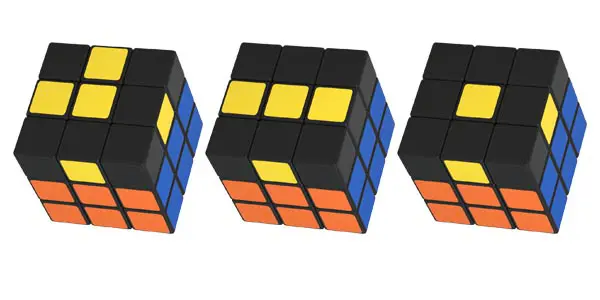
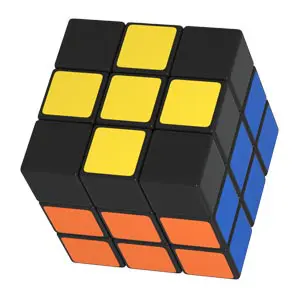
Case one: the "L" shape
There are two yellow pieces at the top and, together with the middle piece they form the letter "L". The Rubik’s Cube is positioned as shown in the photo, i.e. with the angle arms pointing to the left and to the back. The following video shows rotations – algorithms used to form the yellow cross from this starting point
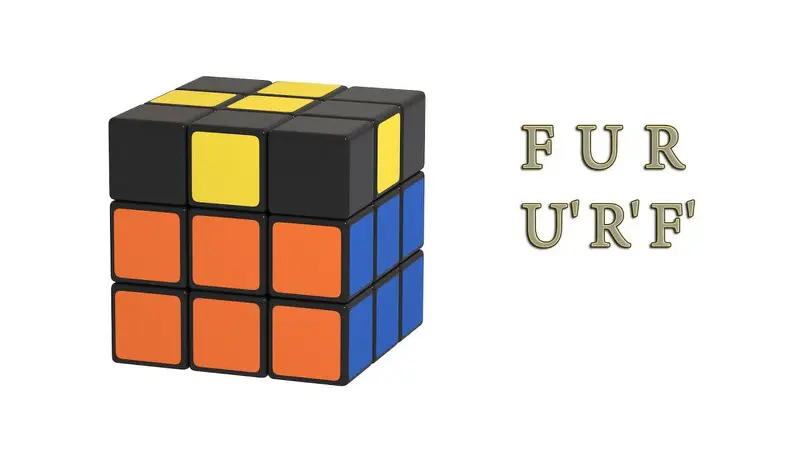
Case two: the "dash" shape
There are two yellow pieces (at the top) and a middle one between them forming a line, or a row. We put the Rubik’s Cube in such a position that this line stays parallel to the front side, and we apply the following rotations – algorithms:
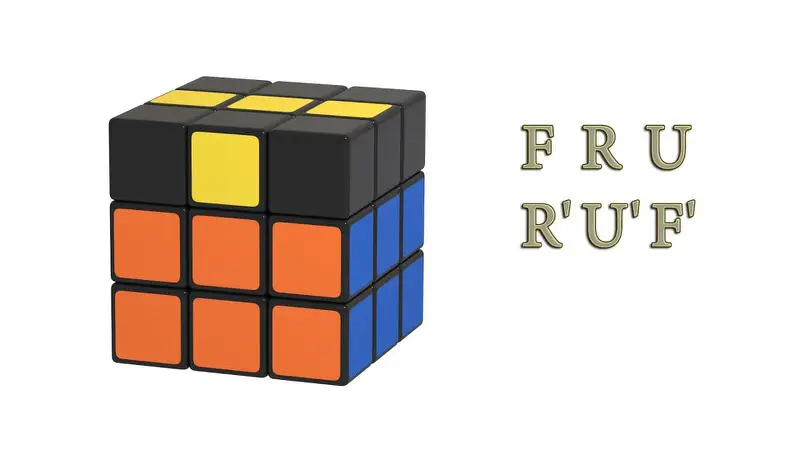
Case three: the "dot" shape
There are no two-colored yellow pieces at the top; all of them are positioned on the sides. To form the yellow cross from this starting position, we use the two already mentioned algorithms, in any order. Pay attention to the turn of the Rubik’s Cube after the first algorithm is completed.
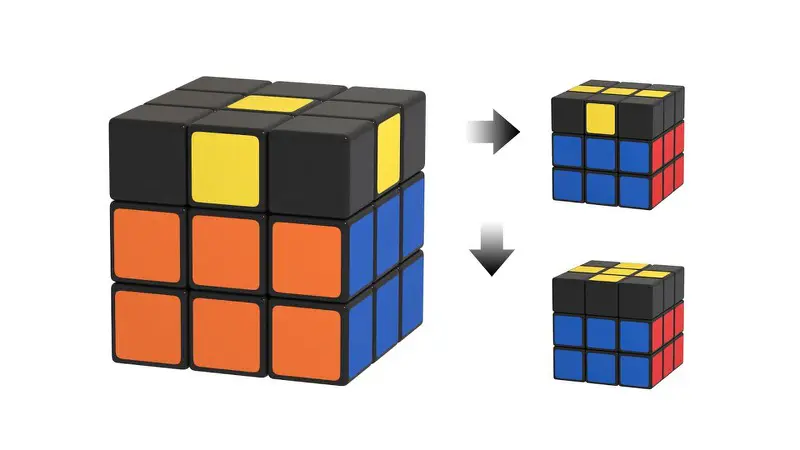
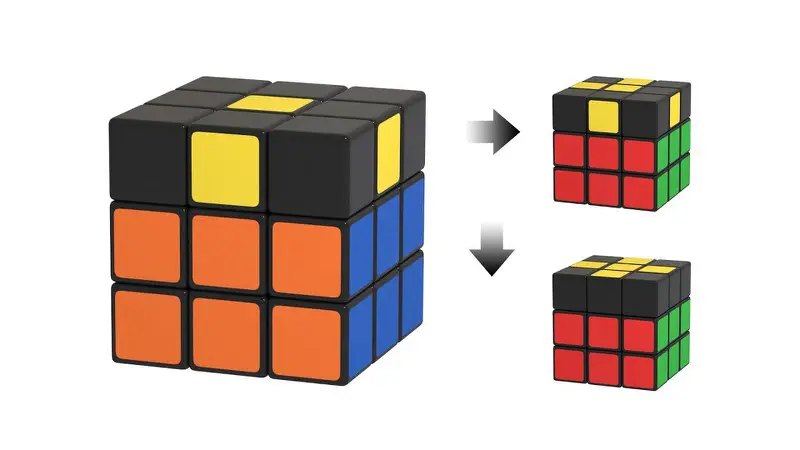
Case four: It may happen that the yellow cross has already been formed after the step three; in that case, just skip the step four.
Next step No. 5 - Learn to solve the edges of the yellow cross